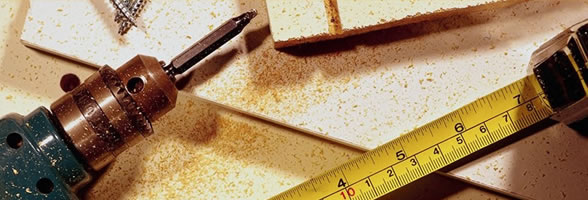
Om SH och DT, och deras presentationsegenskaper (About SH and DT, and how they present the fly).
16.12.2014 17:53Den mest uppenbara skillnaden mellan den dubbeltaperade fluglinan (DT) och klumplinan (SH) är att de kräver olika kastteknik. Den viktigaste olikheten är dock hur de presenterar flugan för fisken. När fiskaren är medveten om detta blir de olika lintyperna till fördel för fisket.
I praktiken så används ofta SH för skjunklinefiske mens DT för flytlinefiske. Vid sjunklinefiske med SH viker sig kastet nedströms där skjutlinan och SH kopplas samman. Om inte fiskaren gör något åt detta kommer till en början SH att fiska tvärs älven utan någon båga som aktiverar flugan. Resultatet blir att flugan ger ett dött intryck. Det är först när kopplingen är nedanför fiskaren som SH bildar båge och flugan får liv. Denna acceleration av flugan kan vara väldigt lockande för fisken men eftersom detta sker nära land blir kastet mindre effektivt. Därför krävs det att fiska aktivt med en SH för att ge flugan liv. En viktig del är att ej ha en för tunn skjutlina. Jag använder en flytande extra tjock skjutlina eller jämn #5-6 som skjutlina bakom SH # 10-11. Jag kan då arbeta med skjutlinan för att få den att föra SH bättre. Ofta mendar jag stort uppströms när kastet landar för att sedan föra över spöt mot land och dra linan in under utfiskandet. Detta för att det skall bildas en liten båga på SH och ge flugan mer liv över hela kastet. När kopplingen mellan skjutlina och SH är nedanför mig så befinner sig spötoppen pekande rakt in mot land och jag för den nu snabbt tillbaka rätt ut mot älven för att SH skall fiska ut snabbare. Man kan också ta in lina för att ytterligare ge liv i flugan.
Det finns inget så trevligt och tillfredställande som att lägga ut en 40 yards DT. Jag kan menda linan för att föra flugan snabbt eller långsamt men vid en riktig bredsidepresentation går flugan för snabbt. En djupgående tubfluga exponeras lugnare bredsides av SH för fisken mens tex en ytgående dubbel 6:a kan föras sakta men ändå levande av en flytande DT. Det är lätt att kasta med SH men baksidan är att jag måste jobba mycket med SH:n för att flugan skall få liv. Det är tyngre att kasta med DT men istället får jag mycket gratis vid utfiskningen. Valet bestäms av hur jag vill presentera flugan.
ABOUT SH AND DT, AND HOW THEY PRESENT THE FLY.
The obvious difference between the double tapered fly line (DT) and the shouting line (SH) is that they demand a different casting technique. However, the most important difference is in the way they present the fly for the fish. When the fisherman recognizes this it will be an advantage to the fishing.
In practice the SH is used for sink line fishing and the DT for the floating line. In sink line fishing the SH folds where it is coupled to the running line. If the fisherman not recognizes this the fly gives a dead impression. It is only when the coupling is beneath the fisherman as the SH forms a bow and gives the fly life. This acceleration can be effective but as it happens near shore the cast is not effective. Therefore it is required by the fisherman to be active, to give the fly life through the entire cast. It is important to not have a too thin running line. I use the thickest I can get or a level #5-6 behind a SH # 10-11. I can then work the running line to present the SH and the fly better. Often I mend upstream when the cast lands then tension the line by pointing the rod tip more and more inland as the cast progresses. Then a little bend is created in the shouting line to give the fly more life over the entire cast. When the coupling between the running line and SH is downstream I finish the cast by moving the tip over the river again to give the fly extra speed and aliveness. You can also take in line by hand if the water is too slow.
It is very nice to cast a 40 yards DT. I can mend the line to present the fly at high or low speed but with a broadside presentation the fly goes too fast. A deeply fished tube fly is presented calmer with a SH but say a surface # 6 double hook fly can be moved slowly or fast with a floating DT. It is easy to cast with a SH but you must work with it to present a living fly. It is heavier to cast a DT but it is easier to give the fly aliveness, almost automatic. The choice is how you want to present the fly.
—————
Ämne: Om SH och DT, och dess presentationsegenskaper
Inga kommentarer hittades.
